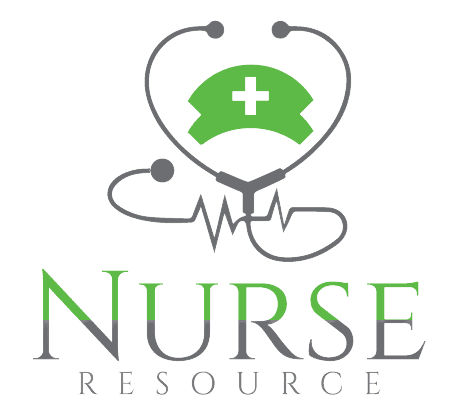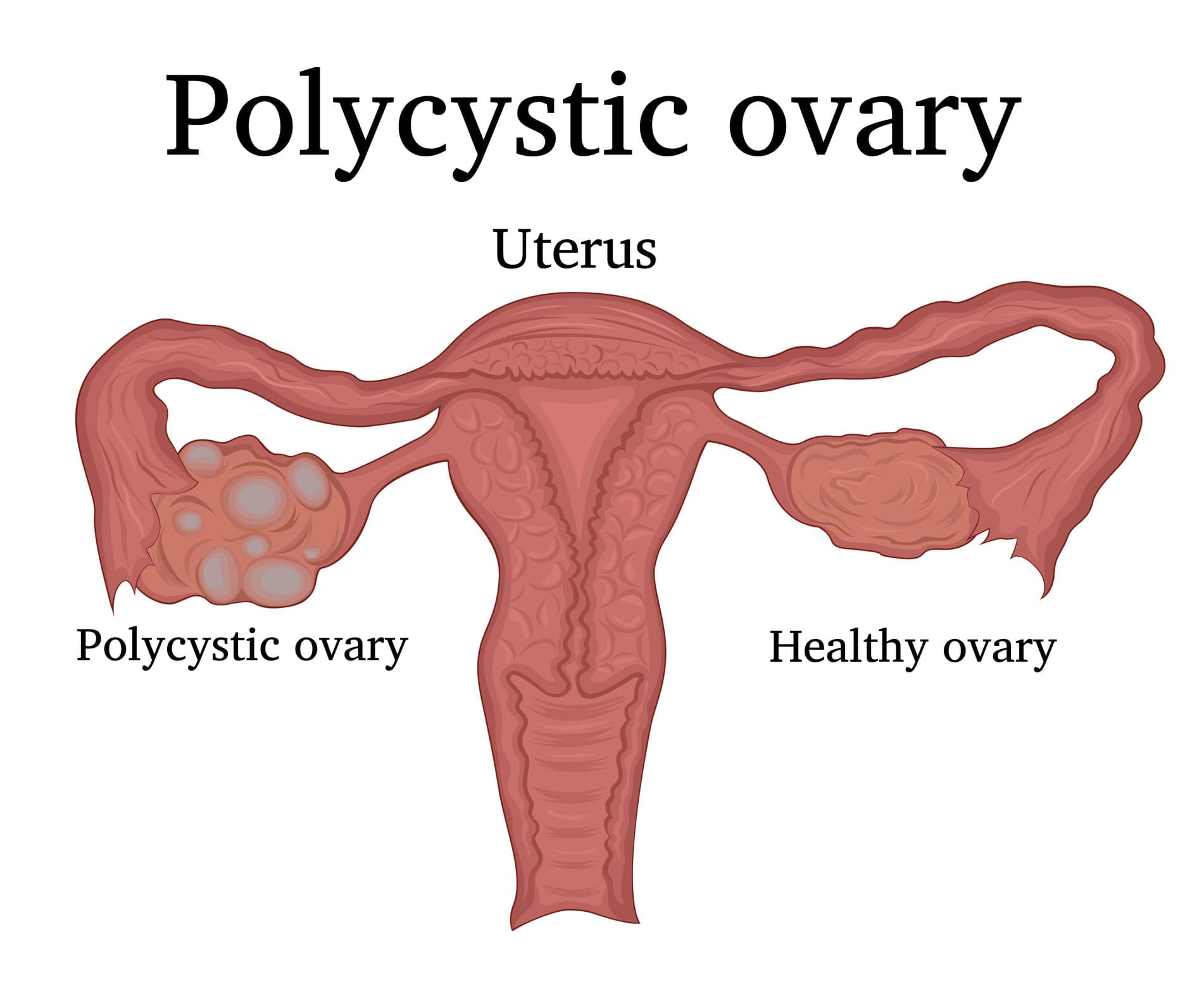Pathophysiology
Polycystic ovary syndrome (PCOS) is the most prevalent reproductive, hormone-related disease among women during childbearing years, affects roughly five to ten percent of all women, and is generally a lifelong condition, according to Nursing Today.
Physical Assessment
There is no definitive test to diagnose PCOS. However, the provider will usually begin by discussing the client’s medical history, including menstrual cycles and alterations in weight. This will typically lead to a physical examination. A physical assessment will include checking for signs of excessive hair growth (hirsutism), insulin resistance, and acne. Additionally, a pelvic exam may be performed. During a pelvic exam, the doctor visually and manually inspects the reproductive organs for masses, growths, or other abnormalities.
Lab tests include blood analysis to measure hormone levels, glucose tolerance, fasting cholesterol, and triglyceride levels. Additionally, diagnostic testing may be conducted for further assessment. This might include a transvaginal ultrasound, where a transducer is placed in the vagina that produces sound waves that are converted into pictures on a computer display used by the provider to assess the ovaries and uterine lining thickness. To ensure a holistic approach to disease management, including psychosocial aspects, additional assessments may be necessary. These additional assessments might include screening for anxiety and depression.
Pharmacological and Non-pharmacological Treatment
Pharmacological treatment for PCOS is directed at managing individual concerns, such as infertility, hirsutism, acne, or obesity, and might involve lifestyle changes and/or medication/therapy. Typical medications for PCOS include medications to help regulate the menstrual cycle, assist with ovulation, and decrease unwarranted hair growth. Additionally, lifestyle changes such as diet and exercise are recommended. Exercise helps lower blood glucose levels, weight loss can decrease insulin and androgen levels, restore ovulation, and a low-fat, high-carbohydrate diet might improve insulin levels (mayoclinic.org).
Learn how you can reverse PCOS in 8 steps to help take back control of your life!
References
Nursing Today (n.d.). Retrieved from https://www.asrn.org/journal-nursing-today/514-polycystic-ovary-syndrome.html
Mayo Clinic (n.d.). Retrieved from https://www.mayoclinic.org/diseases-conditions/pcos/diagnosis-treatment/drc-20353443
Nurse Resource Team






